
Whether you’re ready to believe it or not, autumn is just around the corner. With September looming, we’re already planning some of our favourite autumnal dishes – and you can bet squash features heavily! There’s nothing more comforting than a spiced coconut and squash soup, or a even a delicious butternut squash risotto. If you’re not sure where to start when it comes to growing these beautiful veggies, read on, as we show you how to grow squash at home.
Good Lord, Would You Look At That Gourd!
Squash comes in many varieties, from the little patty pan, to the spooky pumpkin. There are summer varieties such as moonbeam, sunbeam and total eclipse (and courgettes!) Plus there are winter squash like pumpkins, spaghetti and butternut squash.
The Best Soil Conditions for Growing Squash
Squash aren’t the pickiest vegetables when it comes to soil requirements. However they do need it to be most, but well drained. You don’t want soggy soil! Squash will also benefit from full sun.
Sowing Squash
Firstly you’ll need to plan where your squash are going. Summer varieties tend to be bushy, whereas winter varieties grow on vines. Vines need to be planted about 8-12 feet apart.
If you are planting your squash from seed, plant them either in a bed or a hill. Sow squash seeds only after any danger of frost has passed.
In the garden bed, they’ll need to be planted 2-3 feet apart at about a 1 inch deep. If you’re planting in a hill, 4 to 5 seeds per hill is plenty. Later, thin down to 2 or 3 plants per hill once the seedlings have developed their true leaves.
Growing Squash
There are a few things you can do to help ensure the health of your squash plants.
Mulch
After planting each of your squash plants (or after plants have formed if you sowed directly into the soil), you’ll need to place mulch around each plant. Doing this will help protect the roots of the plant and should keep weeds from becoming a problem.
Water
To ensure squash plants thrive, water one day a week with one inch of water, as well as regular watering on other days.
If you notice misshapen fruits on your squash plants, then it may be lacking water or fertiliser.
Feed
Once the first flowers have appeared on your plants, it’s time to start feeding regularly. Fertilise squash plants with liquid plant feed every 4-6 weeks.
Harvesting
In hot weather squash will grow quickly, meaning you’ll have to check them every day. To encourage further fruit production, harvest squash regularly. Pick the fruits whilst small – picking fruits when they’re overripe means they’ll be hard, tasteless and full of seeds. Definitely not what you want for that risotto!
If you’re overwintering, let the fruit mature on the plant and remove before the first frost strikes.
Squash ’em Before They Strike! (Common problems you may encounter)
There are a few issues you need to keep an eye out for when growing squash at home.
- As with most plants, you’ll need to make sure they’re not attacked by those most formidable of slimy pests – slugs!
- Rats and mice are also keen on squash, and may sometimes have a nibble on the fruits.
- Powdery mildew can be a common problem with squash. To prevent it you may need to keep the soil moist and grow in cooler locations.
- Keep an eye out for grey mould. Remove any damaged parts before they can become infected. If growing in a greenhouses, reduce humidity by ventilating and avoid overcrowding young plants.
Grow Squash The Easy Way!
Growing squash at home doesn’t need to be all hard work! With a little knowhow, you can be growing some delicious squash at home in now time. If you’re feeling inspired and want to grow your own, you can buy ready to plant out plugs in our shop!
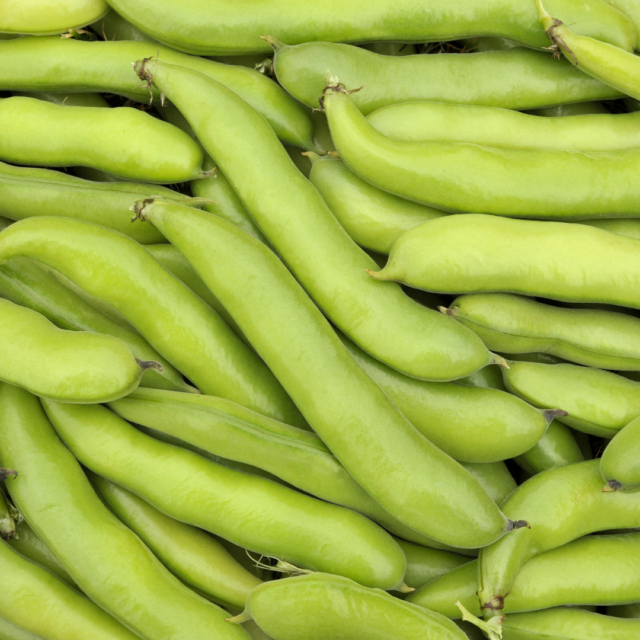


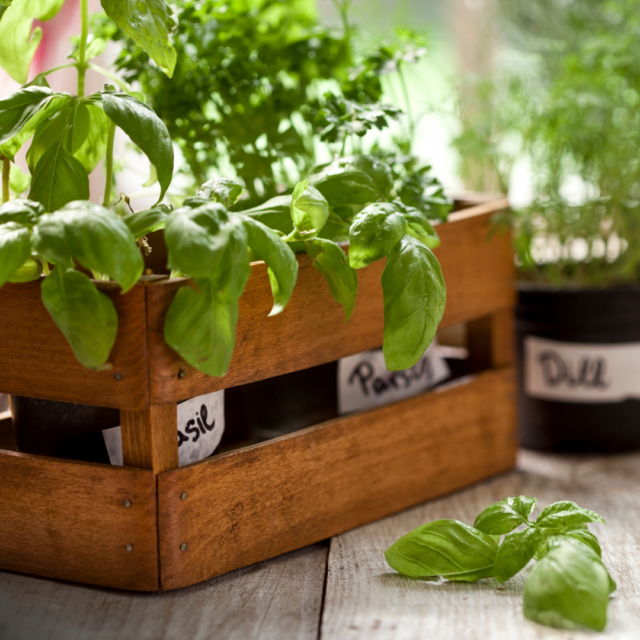
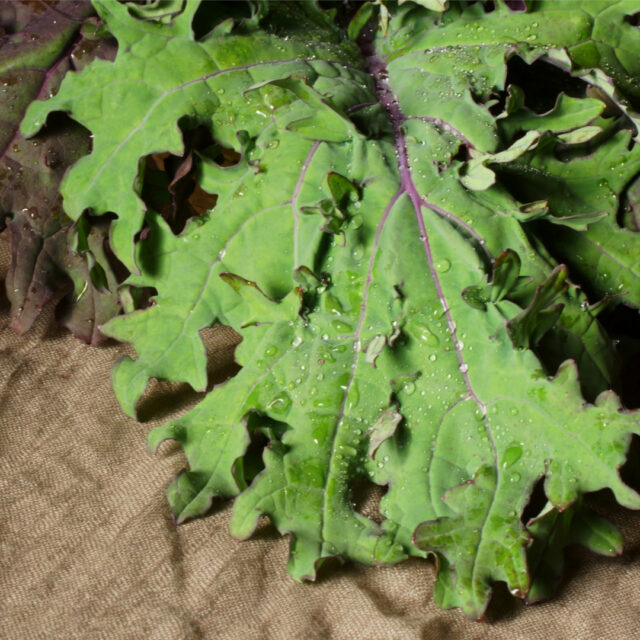
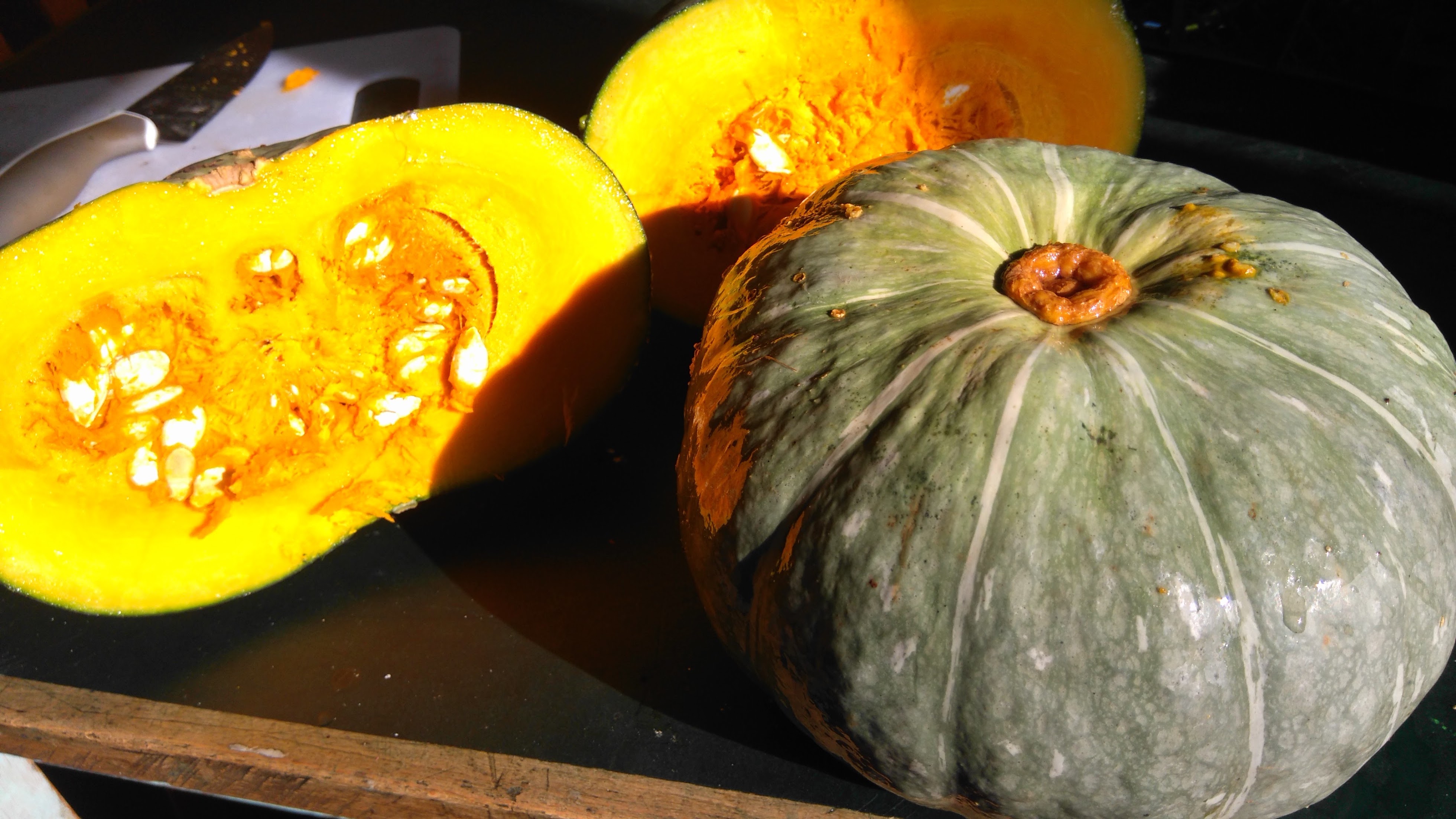

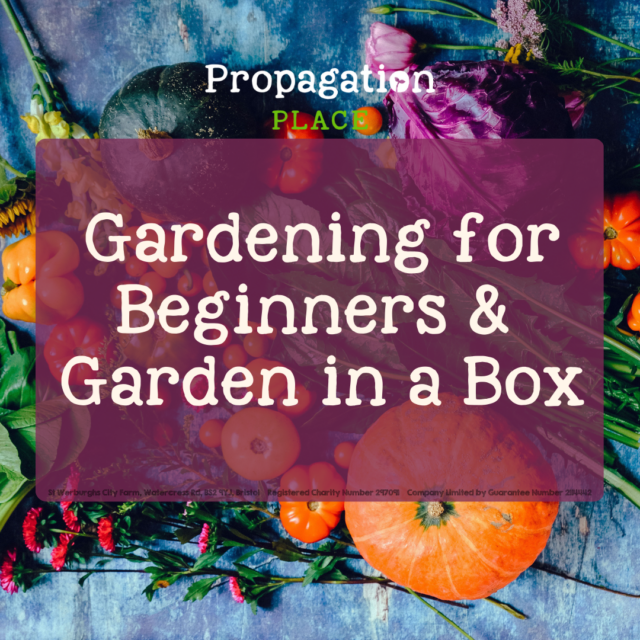

Penny Roberts
Hi
Picked up my little broccoli plugs a few weeks ago – beautiful little strong plants. The long roots from the deep plug trays are really strong – great to see. Thank you, will certainly be back again! I hope we get a bit of warmth back to they can actually start growing.
Was looking for somewhere to add a review – do use if useful.
Many thanks, Penny Roberts